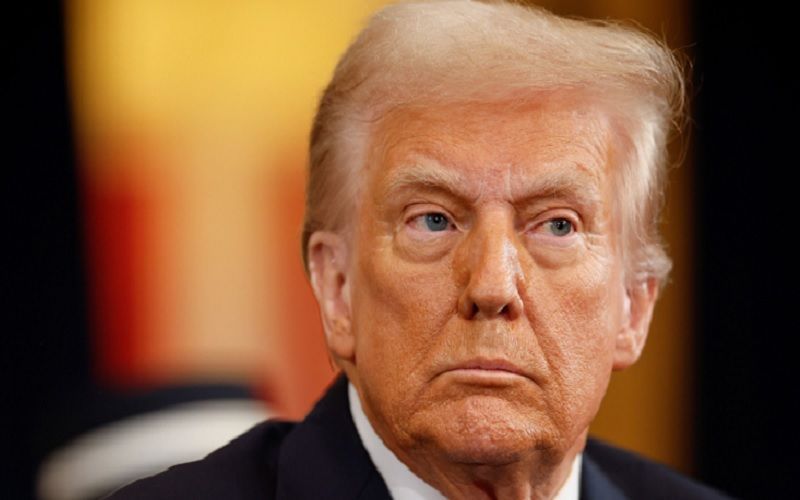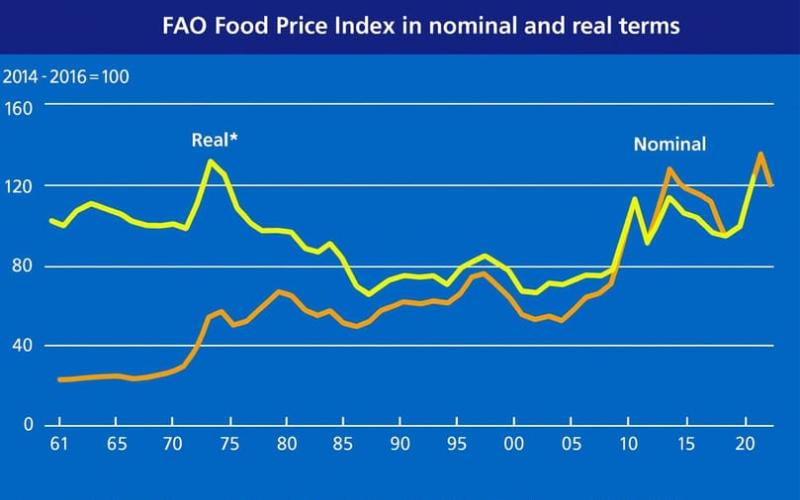How Trump's Tariffs Affect Global Dairy Markets

The latest round of tariffs imposed by U.S. President Donald Trump has triggered a wave of concern among key dairy-exporting countries. As of April 5, the United States applies a flat 10% tariff on all imports, with even higher rates for specific partners like the European Union, China, and India. This policy shift promises to redefine global agri-food sector trade relations, according to a report by the Argentine Dairy Chain Observatory.
Europe, at the center of the conflict
The European Union faces a 20% tariff on its dairy exports amidst a longstanding dispute with Washington over the use of geographical indications (GI) such as "parmesan," "feta," and "gorgonzola." These GIs, legally protected by the EU, are seen by the U.S. sector as a non-tariff barrier restricting the use of common names globally. Alexander Anton, Secretary-General of the European Dairy Association, voiced his concern: "EU dairy exports account for less than 2% of U.S. domestic consumption, but they offer variety and excellence to consumers. A trade dispute with our most important partner is a lose-lose situation."
China's strong response
China, the third-largest market for U.S. dairy products, will see its tariffs rise to 44% fr om April 10. Beijing's immediate response was to label the measure a "grave violation of WTO rules." The Chinese Foreign Ministry spokesman urged Washington to choose dialogue: "Protectionism is not the solution. More and more countries oppose this unilateral, bullying behavior."
India and pre-existing barriers
India faces the highest tariff of 27%. Historically, India has been a challenging market for U.S. dairy products due to high tariffs and stringent regulatory standards.
Oceanian perspective
New Zealand and Australia will face a 10% flat tariff. While relatively moderate, both countries are wary of its potential impact. New Zealand, a major dairy exporter, stresses the need for market diversification, while Australia's less U.S.-dependent dairy industry continues to focus on Asia and the Middle East.
In this context, global dairy markets are facing a new fragmentation scenario wh ere consumers, exporters, and producers could be the main losers in a trade conflict currently with no negotiated solution in sight.











